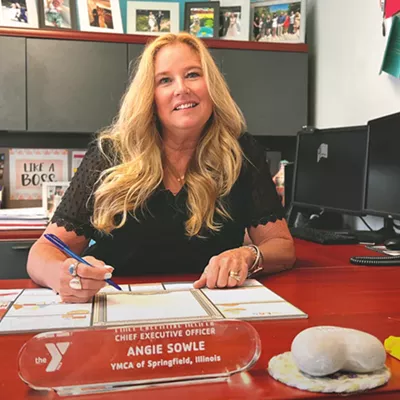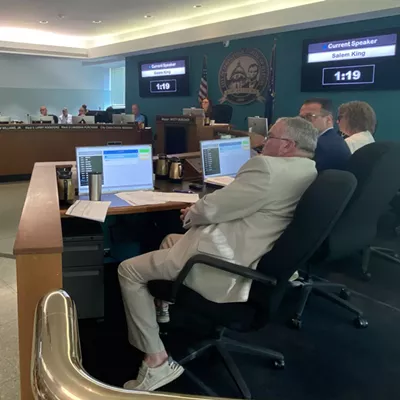By Nicole Anderson
If the age-old adage “they grow up fast” is true, college expenses will be here before you know it. Planning ahead for post-secondary education expenses may be something you’re thinking about, but you don’t know where to begin. No worries. Here’s an easy-to-follow guide to creating a savings plan that will take advantage of tax savings while growing money for the future.
Where to begin?
Consider a common education savings vehicle known as a 529 plan; named for section 529 of the federal tax code. Congress created this as a way for families to save for their children’s post-secondary education. A 529 plan is an investment account that offers tax benefits when used to pay for qualified education expenses for a designated beneficiary. From an income tax perspective, these plans work much like a Roth IRA. You may contribute after-tax funds into the account and invest the money using the plan’s investment line up. The funds grow on a tax-deferred basis and can be withdrawn tax-free as long as they are used to pay for qualified education expenses.
Where to purchase a 529 plan?
Nearly every state sponsors at least one 529 plan. Plans vary due to investment strategies, state income tax benefits, costs and other plan provisions. Though there are variations among the plans, one thing is consistent — a 529 plan purchased in a particular state does not limit your beneficiary to attend school in that state. Your 529 account can be used at eligible educational institutions across the United States and some study abroad programs. Students can also use 529 assets to pay for accredited trade school programs.
The Illinois sponsored 529 plan is called Bright Start 529. This plan allows Illinois taxpayers to deduct 529 contributions up to $10,000 per individual or $20,000 for a married couple filing jointly.
Who can purchase a 529?
In addition to parents, 529 plans can be a great option for grandparents, relatives or friends who would like to invest in a loved one’s future education.
What if educational goals change?
Many of us envision our children or grandchildren at a university or trade school, but that isn’t always the path they take. If educational goals change, 529 funds can be transferred to another beneficiary or withdrawn. If the withdrawal is for non-qualified expenses, taxes and penalties will apply. Exceptions to the penalty include a beneficiary becoming incapacitated, attending a United States military academy or receiving a scholarship. In the case of a scholarship, non-qualified withdrawals up to the amount of the tax-free scholarship can be taken out penalty free, though you will pay income tax on the earnings.
Transferring beneficiaries within 529 plans is common and can also be helpful for achieving wealth transfer goals. Consider a Family Dynasty 529 Plan. This investment strategy intentionally overfunds a 529 plan so that the growing account can be used to pay for multiple generations of family members' education expenses. Bright Start 529 defines family members to include children, siblings, nieces, nephews, cousins and grandchildren.
How did the SECURE Act impact 529 plans?
The Setting Every Community Up for Retirement Enhancement Act of 2019 is intended to make it easier for Americans to save money in retirement by allowing more money to be invested in tax-advantaged accounts.
In the final days of 2022, Congress passed an update to the SECURE Act of 2019 and called it SECURE 2.0. It provides changes to some provisions of 529 plans. Starting in 2024, pending certain conditions, individuals may roll a 529 education savings plan into a Roth IRA. Thus, if your child gets a scholarship, goes to a less expensive school or doesn't go to school, the 529 investment can be rolled into a retirement account. These rollovers are subject to the annual Roth IRA contribution limits.
What’s your next step?
The sooner you are able to plan for future education expenses, the better. Not everyone’s plans will look the same, but being intentional with your investments now can benefit multiple generations and their plans for higher education. Contact your financial planner today and ask about starting a 529 plan.
Nicole Anderson, CFP® is a director of wealth management with Choreo, an independent firm focused on redefining the RIA’s place in the wealth advisory industry. She helps clients navigate all areas of their financial lives.















